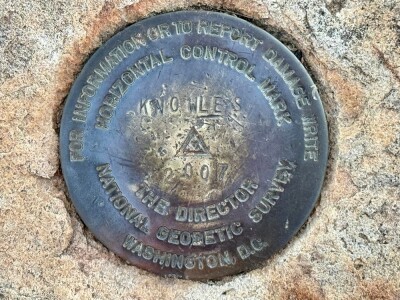GRENOBLE, France—CEA-Leti, a publicly traded French research and technology organization with 1,200 employees, has announced what it’s calling “the first single-impulse active 3D imaging matrix operating at infrared frequency, capable of returning a three-dimensional image of a distant object with a spatial resolution of 30cm from a single-laser flash.”
According to the press release, the targeted applications are primarily military and security, where stealth is important.
The 3D imaging matrix, with a format of 320×256, operates at a wavelength of 1.55 microns, but is cable of operating with infrared lasers at wavelengths of up to 5 microns. In creating this technology, CEA-Leti partnered with Sofradir, a manufacturer of advanced infrared detectors and holder of an exclusive license for the use of CEA-Leti technology for military, space, industrial, and scientific applications.
CEA-Leti touts two innovations with this demonstration: a fast avalanche photodiode that is capable of high gains at low polarization voltages; and a read-out circuit that combines time-of-flight measurement with a three-dimensional radiometric acquisition. What does that mean?
“They’re using a different type of sensor” than other companies that can accomplish 3D imaging with a single impulse, said Paul Banks, president of Tetravue, a start-up exploring advanced 3D imaging technologies. “It allows them to go further in the infrared,” he said. “You can create a thermal image that’s 3D.”
He said the technology sounded interesting from a technical standpoint, but it might need better than 30cm spatial resolution to be commercially applicable.
“The people I’ve talked to, they’re always interested in an inch or two at the most,” Banks said. “The only places I’ve seen interested in foot-type resolution would be terrain mapping, working in long distances, and I’m not sure in that case there would be an advantage to measuring at a different wavelength … If people have an interest in doing coarse resolution in those wavelengths, this would be a unique system.”
This reporter can only theorize that a 3D map of the real-time heat loss of a building might be an application. Likely, the potential applications are only beginning to be dreamed up.





